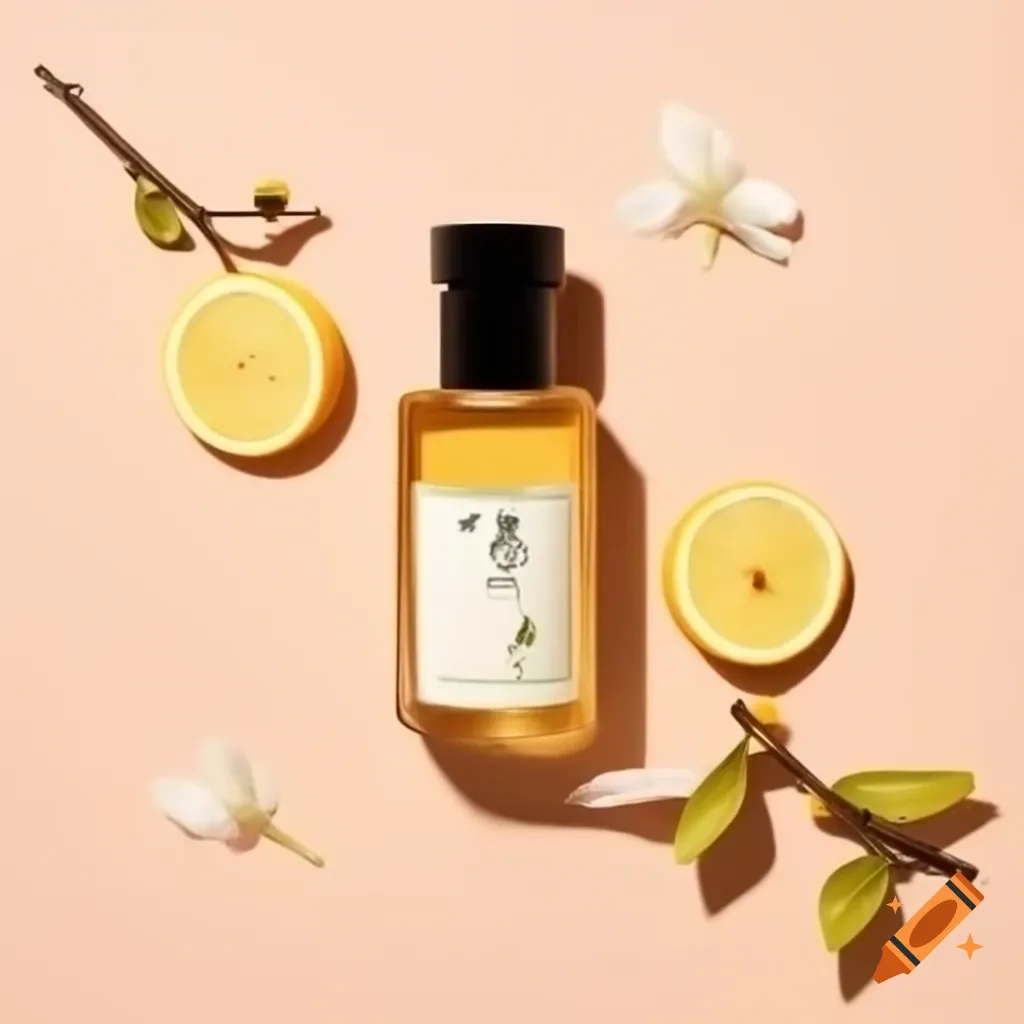history
perfume
tips and tricks
aromatherapy, beauty tips, body spray, cologne, eau de parfum, eau de toilette, fragrance, fragrance collection, fragrance layering, grooming tips, how to apply perfume, parfum, perfume, perfume guide, perfume history, perfume lover, personal care, scent tips, self care, signature scent
9M2PJU
0 Comments
The Timeless Allure of Perfume: History, Types, Application & Benefits
Perfume is more than just a fragrant mist — it’s a reflection of culture, personality, and history. From ancient rituals to modern self-expression, perfume has evolved across centuries while maintaining its status as a symbol of elegance and identity. In this article, we’ll explore the fascinating history of perfume, the differences between common fragrance types, where to apply them for the best effect, and the advantages and downsides of wearing perfume.
🕰️ The History of Perfume
The art of perfumery stretches back over 5,000 years, deeply rooted in religious, medicinal, and aesthetic practices.
🌿 Ancient Civilizations
- Egyptians (c. 3000 BCE) were among the first to use perfume in religious ceremonies, embalming, and personal grooming. Scented oils and balms were considered sacred and luxurious.
- Mesopotamians and Persians also advanced the art of fragrance, often combining floral and herbal oils for royalty and worship.
- Greeks and Romans embraced perfume for public baths and spiritual rituals, valuing its connection to health and divinity.
🔬 Islamic Golden Age
During the 9th to 13th centuries, Arab and Persian scientists revolutionized perfumery. Avicenna (Ibn Sina) introduced the method of extracting oils through distillation using alcohol — a technique still in use today. Perfume became both a science and an art.
🌍 Europe and the Renaissance
Perfume arrived in Europe through Islamic Spain and the Crusades, flourishing during the Renaissance in countries like France and Italy. The city of Grasse, France, emerged as the epicenter of fine fragrance, initially producing scented gloves and later becoming a perfume capital.
🧪 Modern Era
In the 19th and 20th centuries, synthetic ingredients allowed perfumers to expand beyond natural oils, making perfumes more affordable and diverse. Today, perfume is a global industry worth billions — with products ranging from everyday body sprays to high-end niche fragrances.
💧 Understanding Fragrance Types: EDP vs. EDT and More
Perfumes are categorized by the concentration of aromatic compounds, which affects their strength and longevity. Here’s a quick breakdown:
| Type | Oil Concentration | Longevity | Notes |
|---|---|---|---|
| Parfum (Extrait) | 20–30% | 8–12 hours | Most concentrated, rich, and expensive |
| Eau de Parfum (EDP) | 15–20% | 6–8 hours | Strong and long-lasting |
| Eau de Toilette (EDT) | 5–15% | 3–5 hours | Lighter and more suitable for daytime |
| Eau de Cologne (EDC) | 2–5% | 1–2 hours | Very light, often citrusy or fresh |
| Body Mist / Splash | <2% | <1 hour | Barely-there scent, frequent reapply |
So, if you want a lasting impression, choose Eau de Parfum (EDP). For casual, fresh wear, Eau de Toilette (EDT) is perfect.
📌 Best Places to Apply Perfume
Perfume performs best when applied to pulse points — warm areas of the body where the blood vessels are close to the skin. These spots naturally radiate heat and help diffuse the scent.
✅ Apply to:
- Neck (sides or back)
- Behind ears
- Inner wrists
- Inside elbows
- Chest or cleavage
- Back of knees
- Ankles and calves (ideal when wearing dresses or shorts)
🔍 Application Tips:
- Spray from 15–20 cm away for even distribution.
- Don’t rub wrists together after applying — it breaks down scent molecules.
- Use an unscented moisturizer beforehand to make the scent last longer.
- Avoid spraying directly on clothes to prevent stains or discoloration.
🌟 Benefits of Wearing Perfume
- Enhances your natural scent – Complements your body chemistry and personal style.
- Boosts confidence – A great scent can lift your mood and presence.
- Creates memorable impressions – Scent is closely tied to memory and emotion.
- Completes your grooming routine – Just like clothes and hairstyles, fragrance defines your look.
- Aromatherapy effect – Certain notes (like lavender or citrus) can energize, calm, or inspire.
⚠️ Potential Disadvantages of Perfume
- Allergic reactions or skin irritation – Especially with synthetic or strong ingredients.
- May be overpowering – Too much can be unpleasant to those around you.
- Restricted in scent-free environments – Hospitals, planes, or certain workplaces may limit use.
- Can stain fabric – Especially silk or light-colored clothing.
- High cost – Quality perfumes often come with a premium price.
🧠 Final Thoughts
Perfume is a powerful expression of identity, mood, and culture — a small luxury that can leave a lasting impression. Whether you wear it to feel confident, nostalgic, or simply refreshed, understanding how it works and how to use it effectively ensures you get the most out of every spray.
From ancient temples to modern-day runways, perfume has stood the test of time — and it’s not just about smelling good. It’s about feeling good, remembering moments, and telling your story without saying a word.







Post Comment